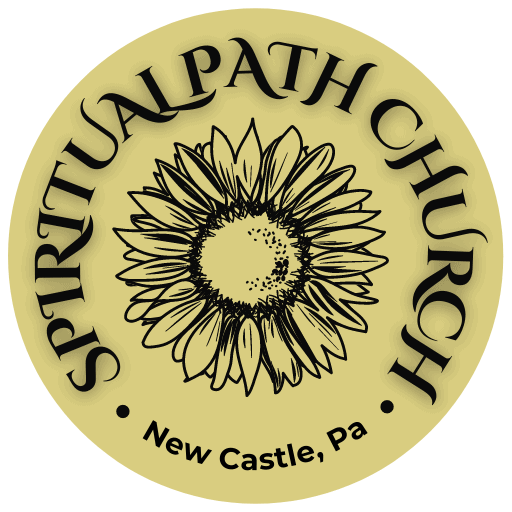African Americans were attracted to the Spiritualist movement in the years following the formation of the National Spiritualist Association of Churches (NSAC) in 1893. A few talented mediums emerged. Unfortunately, in the 1920s Jim Crow Laws and calls for segregation put pressure on the NSAC. In response, African American members were organized into “colored” auxiliary societies of the NSAC.
When racial tensions increased following World War I, the NSAC leadership worked to create a separate all-black Spiritualist organization. The appointed president, Joseph P. Whitwell, led the first meeting held in Cleveland, Ohio on April 21, 1925. Twenty delegates attended the meeting, but six withdrew to protest the establishment of a segregated organization. The remaining delegates formed the National Colored Spiritualist Association of Churches (NCSAC). At a second national meeting in 1926, they adopted a new constitution, following the NSAC’s “Declaration of Principles.”
“Religion is alive and well,” Joseph P Whitwell said. “A correct understanding of the laws of nature on the physical, mental and spiritual planes of life and living in accordance therewith will unfold the highest aspirations and attributes of the Soul, which is the correct function of True Religion.”
The NCSAC included churches in Chicago, Detroit, Philadelphia, New York City, and elsewhere. By 1938 there were fifty-one Black Spiritualist churches in Chicago alone.
Most Black Spiritualist churches combined Spiritualism, including using Spirit Guides, with Protestant and Catholic beliefs. Church names identified the Christian orientation of congregations. For example, the Divine Israel Spiritual Church identified with Black Baptist churches and the Infant of Jesus of Prague Spiritual Church featured Catholic saints on their altars.
 The NCSAC eventually divided into two camps. One group included the historical African American Spiritualist churches, such as the African Cultural Nationalist Universal Hagar’s Spiritual Church, Pentecostal Spiritual Assemblies of Christ and Metropolitan Spiritual Churches of Christ. The second group included the Spiritual Churches of New Orleans. They were a diverse collection of denominations descended from the followers of medium Leafy Anderson. Their beliefs were based on Black feminism and the Gospel of John, where Jesus encounters the Samaritan woman.
The NCSAC eventually divided into two camps. One group included the historical African American Spiritualist churches, such as the African Cultural Nationalist Universal Hagar’s Spiritual Church, Pentecostal Spiritual Assemblies of Christ and Metropolitan Spiritual Churches of Christ. The second group included the Spiritual Churches of New Orleans. They were a diverse collection of denominations descended from the followers of medium Leafy Anderson. Their beliefs were based on Black feminism and the Gospel of John, where Jesus encounters the Samaritan woman.
The Civil Rights movement of the 1960s eliminated the need to segregate churches. The NCSAC continued into the 1970s but its status today is unknown.

I can say that I am a member of the NSAC and I assure you the previous practice of seperation is no longer in existence. There are two churches off the top of my head that have African American Pastors, one in Illinois and the other in Connecticut. We are speaking on the AA spiritualist experience this year at our convention. I also did a talk last year on it as well. I am happy to help with any other information if you need any. Thank you for writing these blogs. Love and Blessings, Charvonne
I would most welcome any information you would have. We are all one as Spiritualist and that is the way it should always be To stand together and promote Spiritualism around the world